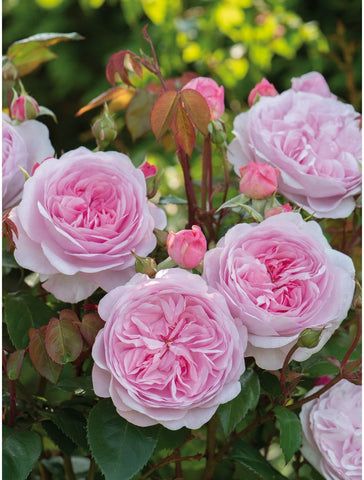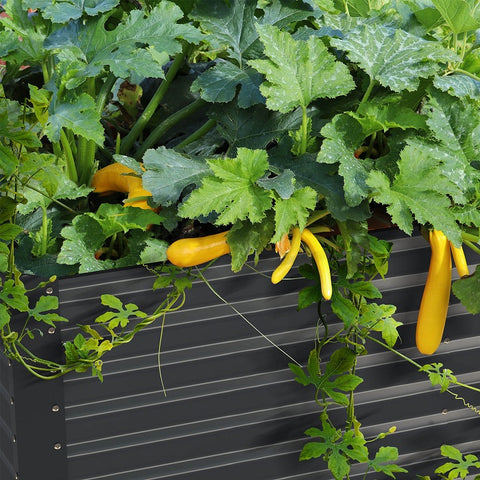A Low Water Gardening guide, we'll walk you through creating a sustainable garden, from swapping the right plants to new irrigation methods to the tools you'll need and more. Cactus gardens can be serene and sculptural or Dr. Seuss-esque and wild, but either way, they're great. That said, creating a cactus garden involves a lot more than just sticking some cactus spines into the sand and calling it a day. It turns out that cacti enjoy a wide variety of environments and have different needs. "Some cacti breathe the thin air in the Patagonian mountains and thrive where no other plant can survive," says Christian Cummings of the Los Angeles Cactus Store. "Some live in tropical jungles and swamps, winding their way through the trees. Some people like to live in the driest desert in the world, the Atacama off the northern coast of Chile, where there is almost no rain, while others can still reach 70 feet and weigh about 1.7 trillion tons." Here we explain how to create your own cactus garden.The following content also has some reference value for raised garden beds.
- Choose the right plants
The first step is to make sure you have the right qualifications. "A successful cactus garden requires full sun exposure, and depending on the type of species you want to plant and the planting area you live in, shelter from the shade of the western sun is highly desirable, especially during the summer months when the climate is dry.
Planting native species is one way to ensure a higher success rate, or you can research which plants are best for you in your area. To do this, ask a knowledgeable employee at a garden store or look up your favorite cactus on Google. "You want to know where the cactus naturally grows and what the rainfall cycle is like there," says Adam Sirak, a landscape architect in Los Angeles. "Then replicate its home environment in your own garden as much as possible."
Another way to narrow down your options is to consider what your garden will be used for. Ask yourself if you want your cactus garden to provide habitat, be used as an alternative to a lawn, become a specimen garden, or create a combination juxtaposed with great architecture. Another thing to consider is whether there are children, elderly relatives or pets to consider - cactus spines and needles can be unforgiving and pose a health risk.
- Choose the right soil
Try to use soil that is similar in structure and composition to the native soil where the cactus grows naturally. Generally, sandy loam soils with good drainage and low organic content are typical of arid soils and are suitable for cactus gardens.
- Wise water
People often put cactus in or under water. When they overwater, they think it's being generous to the plant, but it's really just making it sick,
On the other hand, that doesn't mean you shouldn't water the cactus at all. They can tolerate drought, but they don't like drought. During the growing season, soak the cactus at least once a week at night, allowing the soil to dry out in between.
To meet in the middle, we need to set a water use schedule. Cactus water requirements change throughout the year because there is more or less water in the atmosphere in a given area, so using an irrigation timer, you can adjust accordingly. Smart irrigation timers are recommended that can help make seasonal updates easier to manage. Soil sensors detect the water in your garden soil, and it automatically adjusts your irrigation controller.
A good tip: Try planting your cactus garden in a water zone, where cactus species that need similar moisture are clustered together.
- Design your cactus garden
That, of course, is the excitement. Location and color are part of the fun of cactus gardens. Clever placement starts with a focus on texture, mature growing habits and colour, you can focus on small variations between species, and form and growing habits are a great way to ensure a pleasing visual composition with depth, richness and character.
You can also go the minimal route, using only two or three specimens and a "pretty boulder." That's why cactus gardens work especially well in small Spaces.
Now all that's left is to relax and enjoy. Cactus water is extremely low and requires little maintenance. Because of its interesting shape, the cactus garden looks more like a sculpture.
The Cactus Garden is also unique, so you can be proud of your work









